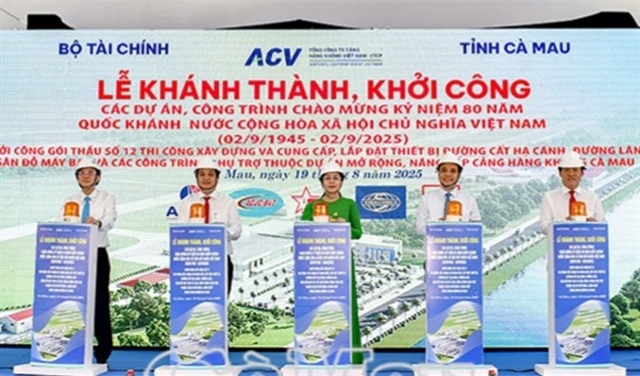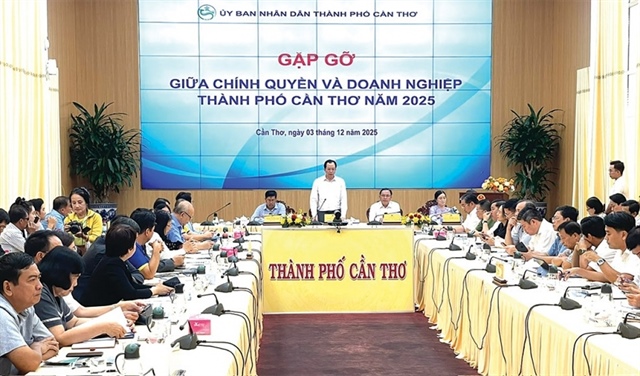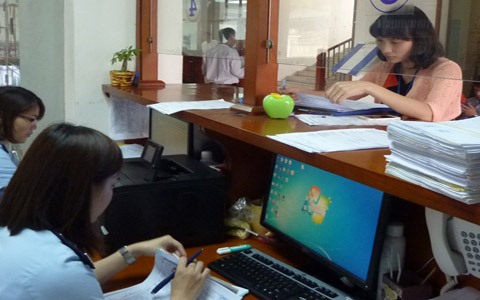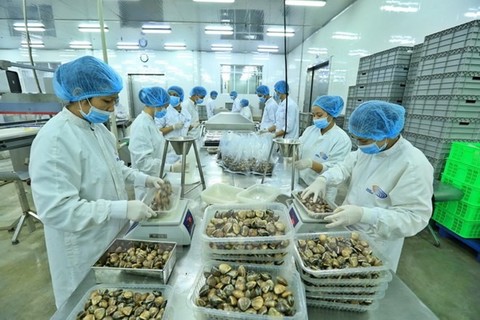A modest end to 2017 transactions sets up big for 2018
A modest end to 2017 transactions sets up big for 2018
This year’s merger-and-acquisition movement is coming to a somewhat quiet close in terms the fourth quarter of completions, but deals that have been stuck in due diligence or with approvals are finally moving forward.
This year’s merger-and-acquisition movement is coming to a somewhat quiet close in terms the fourth quarter of completions, but deals that have been stuck in due diligence or with approvals are finally moving forward. Activity was led by Chinese, Singaporean, Korean, and Japanese investors, and despite a limited supply of opportunities investor appetite has not receded for income-producing, standing assets across all real estate sectors.
Even with few opportunities, prices are holding firm and the amount of cheap offshore capital has not compressed cap rates more than 10-25 basis points over deals agreed to in 2015, keeping valuations sensible.
In 2018, we will see local entities continuing to feel the credit restrictions as banks consider their risk-weighting and exposure to real estate, leaving the private sector to pick up the shortfall. Investors should look to capitalise on this new lending sensibility and target groups having to re-work their capital supply and find sources of finance. Investors will need to move fast as the current rates will naturally compress when the chequebooks from the region start to open up.
An opportunity arising out of this more moderate lending atmosphere is that the standing assets held by local groups and international players will become candidates for monetisation. With the lack of transparent opportunities for fully-owned assets, investors should look for opportunities to take controlling positions in local holding companies, as well as considering smaller equity opportunities in well-managed and structured businesses. Investors taking out a large shareholder will do well to enshrine drag-along rights; or with smaller equity deals, they should ensure well-drafted put options are agreed upon. As always, those that do the basics well – holding each deal to the same standard they would in their core markets – will do well in Vietnam and see real sustainable value generated.
Investor confidence is founded on good demand in critical segments of the market; in 2018 the office sector will continue to perform well and a burgeoning industrial segment is maturing and has seen unprecedented levels of interest from investors in 2017.
The office sector in Ho Chi Minh City will fall to extremely low vacancy, pushing rents to heights not seen since 2009, and Cushman & Wakefield estimate in the extreme this could spell an increase of 20 per cent for for some grade A properties in 2018. This will have a dampening effect on leasing transactions as limited space is available. The market will therefore see re-gears and mid-term rent reviews becoming commonplace in the market for the first time ever.
Hanoi’s transaction volumes will continue to strengthen but rents will not necessarily rise as much, with an estimated 3-5 per cent rise above 2017, essentially in line once standard escalations are taken into account on existing and new leases. Savings on existing rents are still likely for many occupiers and the west and midtown areas of Hanoi will still be competitive from landlords keeping the market average down. Hanoi’s central business district (CBD), which is now frozen in terms of new development, will see faster rent growth and low vacancy, which will also push some occupiers out of town.
Evolving technology, infrastructure, and non-designated workspace concepts for multinational corporations (MNCs) in Vietnam may just push some occupiers from more expensive Ho Chi Minh City to Hanoi, and perhaps further to Danang or Binh Duong. The workforce wants to be in Ho Chi Minh City, but the city is now less competitive on a national or regional basis and MNCs will look to leverage cheaper space in alternative cities inside and outside of Vietnam. This large rent increase in Ho Chi Minh City is a result of high land prices restricting good commercial development levels over the last few years – meaning there will be an undersupply through 2018 and some of 2019. The pressure will however diminish in 2019 and 2020, when a glut of supply will come online, both in the CBD and in previously less considered areas like Thu Duc, District 9, and District 2’s Thu Thiem area.
The industrial and logistics sector was among the top performers across the Vietnamese property market in 2017, and this trend is expected to have more growth in the 2018-2019 period. Do not forget, this is despite the unconcluded Trans-Pacific Partnership.
According to our statistics, land prices and warehouse rents in Ho Chi Minh City gained a growth of 2.5 per cent in 2017 compared to a marginal increase in Hanoi. However, most of the well-established industrial parks (IPs) gained 5 per cent growth. The largest growth experienced across a region in the north was Haiphong, averaging 4 per cent on-year, and in the south, it was Dong Nai at 5.9 per cent.
In the extreme, Cushman & Wakefield have experienced some asking rents increase by as much as 10 per cent for the best IPs. Quality will continue to outperform and there is willingness from occupiers to pay higher prices, but only if they can see genuine improvement in park infrastructure, management standards, and construction quality.
Investors and occupiers still have a challenge in finding clean sites and opportunities, and therefore some restrictions will remain on the volumes of transactions in 2018. If the quality of supply and willingness to transact in more sophisticated transactions continues, 2018 will be a record year in industrial land and building take-up nationwide.
Overall, we have a positive outlook across the commercial sectors in 2018 with quality assets in high demand. Occupiers and investors need to be prepared to battle for the best opportunities.





















